The sight of birds flying in V-formation across the sky has captivated humans throughout history. Even more remarkable than their aerial patterns is the incredible feat accomplished by certain avian species: non-stop flights covering thousands of miles without a single break for food, water, or rest. These marathon migrations represent some of the most astonishing endurance performances in the animal kingdom. Birds like the Bar-tailed Godwit, Arctic Tern, and Great Frigatebird can stay aloft for days or even weeks, traversing oceans and continents in a single journey. This article explores the fascinating adaptations and reasons behind these epic non-stop flights, revealing how these feathered athletes accomplish what seems physiologically impossible.
The Marathon Champions of Bird Migration
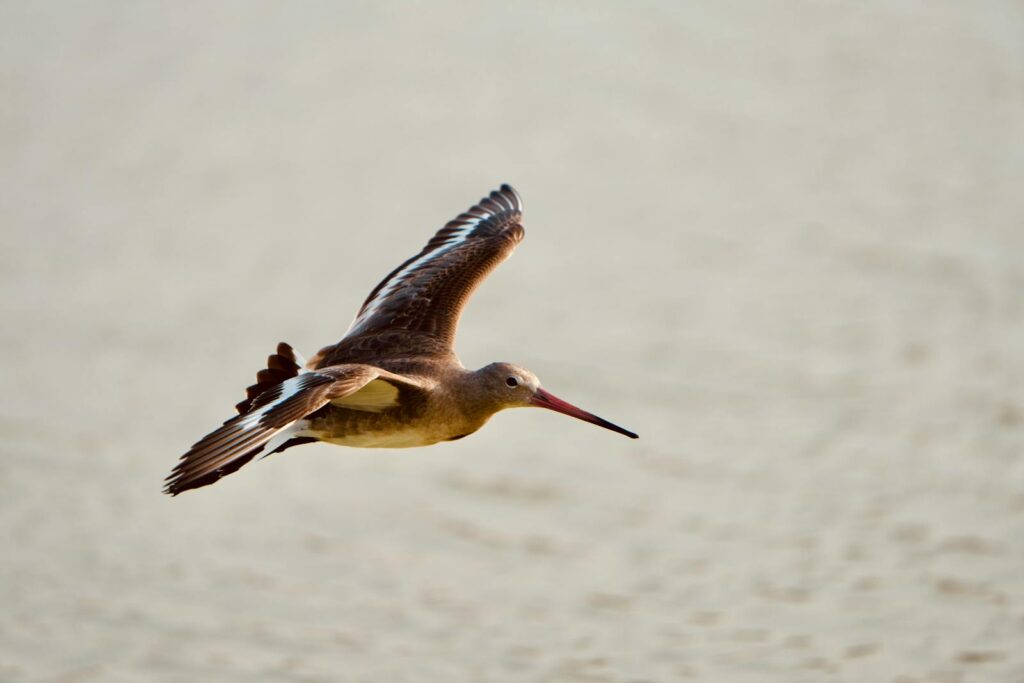
When it comes to non-stop flight, certain bird species stand apart as the ultimate endurance specialists. The Bar-tailed Godwit holds the current record, flying over 7,500 miles (12,000 km) from Alaska to New Zealand without a single touchdown. Arctic Terns complete the longest overall migration of any animal, traveling from the Arctic to Antarctica and back annually—a round trip of roughly 44,000 miles (70,800 km). The Common Swift can remain airborne for up to 10 months at a time, eating, drinking, and even sleeping on the wing. These extraordinary journeys aren’t merely impressive athletic feats—they represent specialized evolutionary adaptations that have developed over millennia to ensure species survival in a world of seasonal changes and distant feeding grounds.
Physiological Adaptations for Endurance Flight

The ability to fly non-stop for days requires remarkable physiological adaptations that set migratory birds apart from other species. These marathon fliers possess exceptionally efficient respiratory systems, with air sacs that allow for continuous oxygen exchange even during exhalation—a system more efficient than mammalian lungs. Their hearts are proportionally larger than those of non-migratory birds, with specialized muscle fibers that resist fatigue during extended activity. Many long-distance migrants also have higher concentrations of energy-transporting proteins like myoglobin in their flight muscles, allowing for enhanced oxygen delivery during sustained exercise. Perhaps most critically, these birds can dramatically alter their body composition before migration, increasing fat stores from typically 10-15% of body weight to a remarkable 50-55% just before departure.
Remarkable Pre-Migration Weight Gain
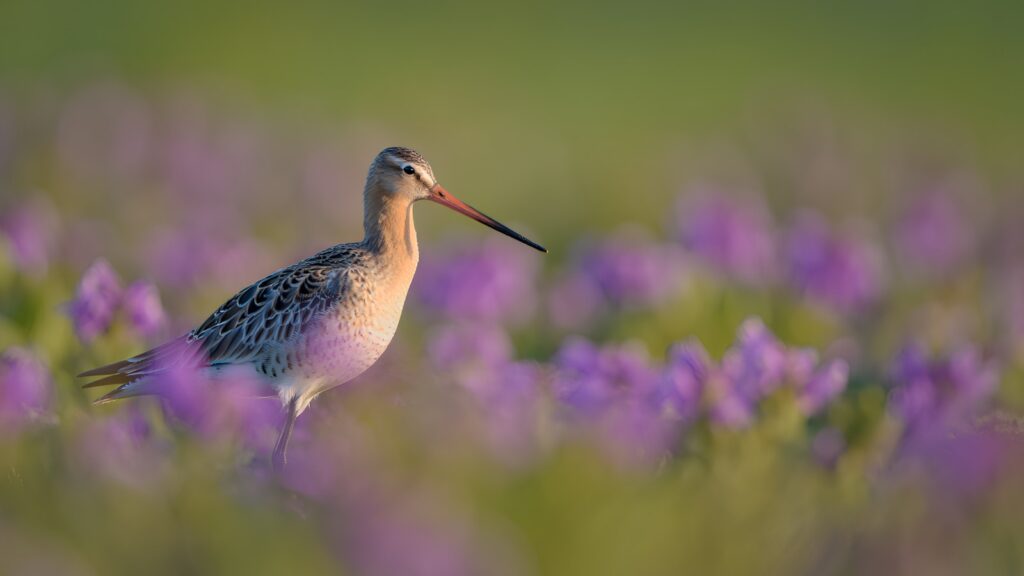
The weeks before marathon migrations involve one of the most dramatic transformations in the animal kingdom: hyperphagia, or intensive eating. Bar-tailed Godwits nearly double their body weight before departing on their transoceanic journeys, converting the extra calories to fat deposits strategically distributed throughout their bodies. This weight gain isn’t random—studies show the fat is precisely positioned to maintain optimal aerodynamics and balance during flight. The birds’ digestive organs actually shrink before departure, making room for fat stores while reducing unnecessary weight. This fat loading is so precise that birds typically arrive at their destinations with just enough reserves remaining to survive if they encounter unexpected weather upon arrival—a remarkable calculation of energy needs across thousands of miles of open ocean or desert.
The Sleep Paradox: Flying While Dozing
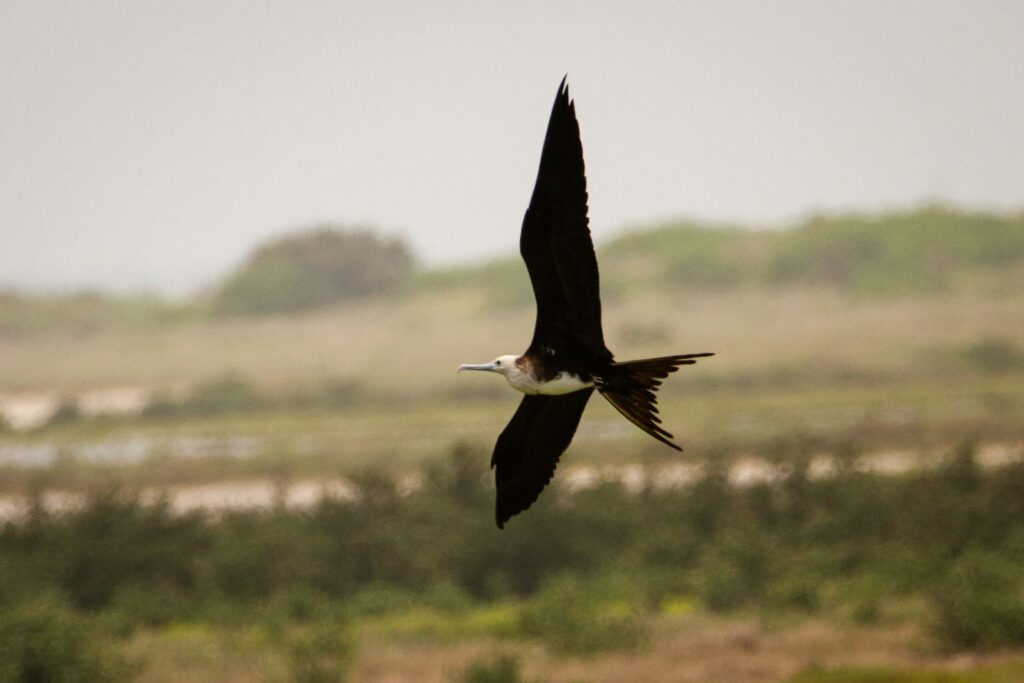
One of the most perplexing aspects of non-stop flight is how birds manage sleep deprivation during journeys lasting several days or even weeks. Research has revealed that many migratory species have evolved the ability to engage in unihemispheric slow-wave sleep—literally sleeping with one half of their brain while the other half remains alert for navigation and predator avoidance. Great Frigatebirds, which can stay aloft for up to two months, have been documented experiencing brief microsleeps lasting only seconds while maintaining flight control. Some species, like the Alpine Swift, can apparently enter short periods of complete sleep while gliding on air currents. This ability to combine sleep and flight represents one of the most sophisticated neurological adaptations in the animal kingdom, allowing birds to maintain critical biological functions without interrupting their journey.
Navigational Precision Without Maps
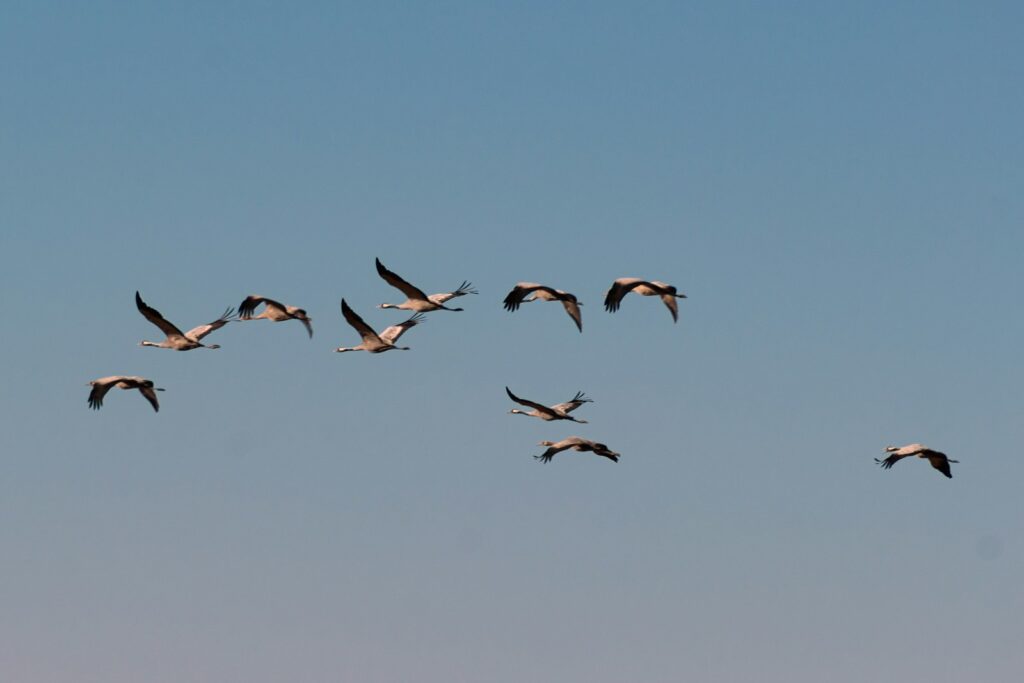
The navigational abilities of non-stop migratory birds are among the most sophisticated in the animal kingdom, integrating multiple sensory inputs to maintain precise course headings across featureless oceans. Many species can detect Earth’s magnetic field using specialized proteins called cryptochromes in their eyes, essentially “seeing” magnetic north. Birds also navigate using celestial cues, with studies showing they can orient by star patterns and compensate for the stars’ apparent movement throughout the night. Olfactory navigation plays a role for some species, particularly over oceans where consistent air currents carry distinctive scents that may serve as olfactory landmarks. Perhaps most impressively, juveniles of many species successfully complete their first migration without ever having made the journey before—following innate genetic programming that encodes both timing and direction of their inaugural flights.
Why Non-Stop? The Evolutionary Advantages

The evolution of non-stop flight capabilities represents a balance of benefits and costs that has proven advantageous for certain species. By flying continuously, birds avoid the dangers of unfamiliar stopover locations, including predators, competitors, and potential disease exposure. Non-stop flights also minimize total energy expenditure—while seemingly counterintuitive, the energy saved by not having to make repeated landings and takeoffs (which are extremely energy-intensive) can outweigh the costs of continuous flight. Many marathon migrants cross ecological barriers like oceans or deserts where suitable stopover habitat simply doesn’t exist. For some species, continuous flight allows precisely timed arrivals at breeding grounds, giving them competitive advantages in securing prime territories or synchronizing with critical food resources that emerge briefly each spring.
Metabolic Marvels: Fuel Management in Flight
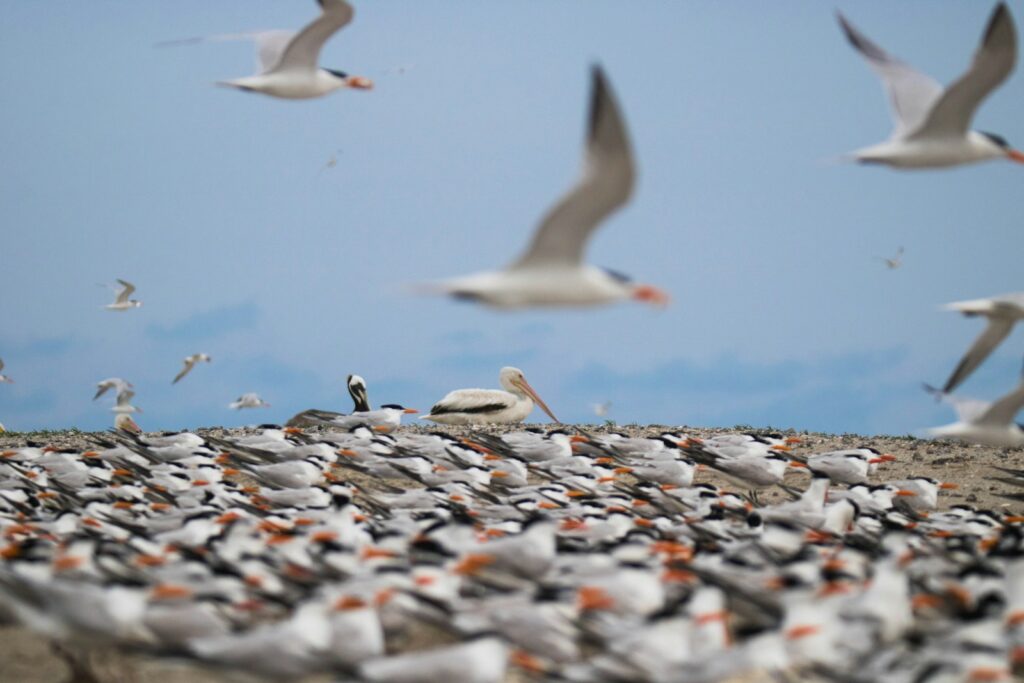
The metabolic adaptations of long-distance migrants represent some of the most efficient energy management systems in nature. During extended flights, these birds transition through different metabolic phases, beginning with carbohydrate burning for immediate energy before shifting to their primary flight fuel: fat. Their bodies produce specialized enzymes that enhance fat metabolism, extracting maximum energy from each gram of stored lipids. Perhaps most remarkably, unlike mammals (who primarily burn fat for fuel in the liver), birds can metabolize fat directly in their flight muscles, eliminating inefficient energy transfer between organs. Some species have even developed the ability to reduce their basal metabolic rate during flight, entering a state similar to a controlled hibernation that conserves precious energy reserves while maintaining necessary movement patterns.
Weather Exploitation and Strategic Timing

Successful non-stop migration depends heavily on sophisticated weather awareness and exploitation of favorable atmospheric conditions. Marathon migrants typically depart during ideal weather windows, with studies showing they can delay departure for days until conditions align perfectly. Birds flying over oceans utilize predictable wind patterns, such as the trade winds, to reduce energy expenditure—sometimes gaining free lift and propulsion that can extend their range by hundreds of miles. Many species fly at precise altitudes to catch tailwinds, with radar studies showing birds adjusting their elevation throughout the journey to find the most advantageous air currents. This weather intelligence extends to timing entire migrations around seasonal weather patterns, explaining why species maintain remarkably consistent departure and arrival dates year after year.
Water Conservation During Transoceanic Flights
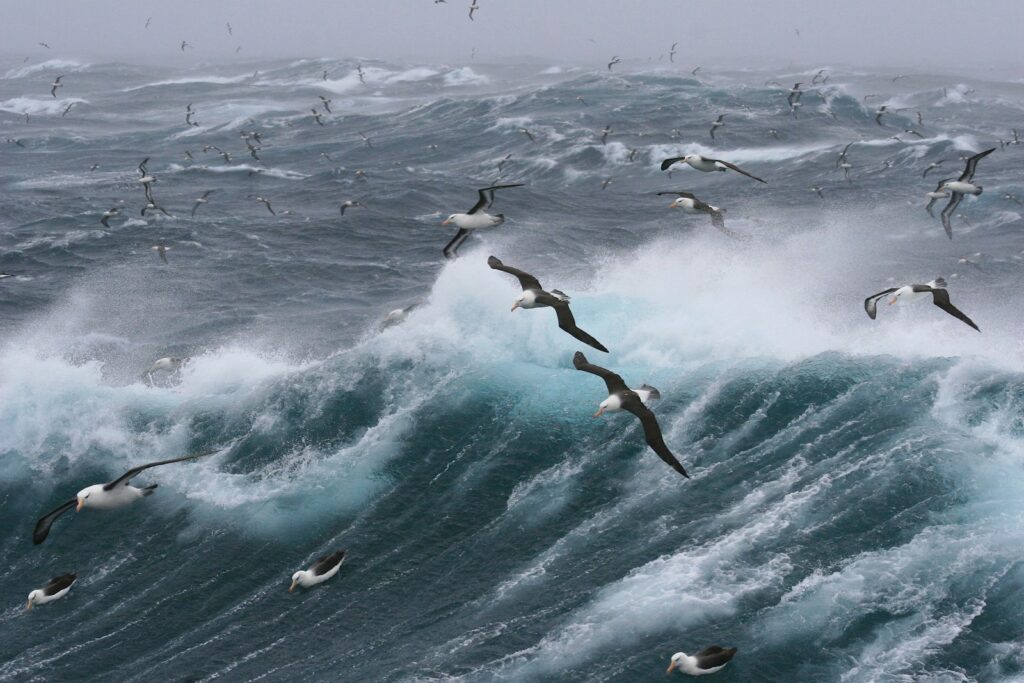
Flying non-stop over oceans presents a critical water conservation challenge that migrants have solved through multiple adaptations. Unlike mammals, birds produce nitrogenous waste in the form of uric acid rather than urea, requiring significantly less water for excretion. During migration, their kidneys become remarkably efficient, concentrating waste products to minimize water loss. Some species can actually metabolize muscle protein as an emergency water source during dehydration stress, essentially sacrificing small amounts of muscle tissue to produce metabolic water. Specialized nasal glands, particularly developed in seabirds, can filter salt from any seawater accidentally ingested during flight, further preserving water balance. These combined adaptations allow birds to maintain hydration throughout journeys that would cause severe dehydration in mammals of similar size.
The Climate Change Challenge

Climate change poses unique threats to marathon migrators who have evolved precisely timed journeys synchronized with specific weather patterns and resource availability. Rising global temperatures are altering the timing of insect emergences and plant flowering at key stopover and breeding sites, potentially creating mismatches between bird arrivals and peak food availability. Changing wind patterns and increased storm frequency affect flight efficiency and safety, particularly over oceans where alternative routes are impossible. Sea level rise threatens coastal wetlands that serve as critical refueling sites before and after non-stop segments. Some species are showing signs of adaptation—shifting migration timing or routes—but the pace of climate change may outstrip evolutionary responses for species with long generation times and highly specialized migration strategies.
Technological Insights: How We Track Marathon Flights
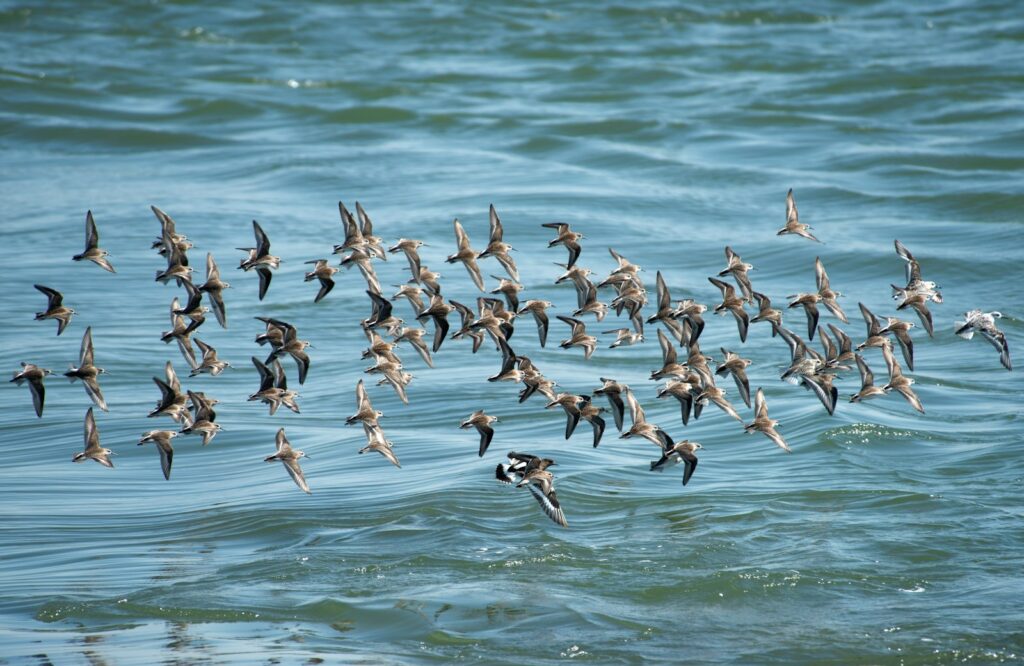
Our understanding of non-stop bird migration has been revolutionized by technological advances in tracking equipment. Miniaturized GPS tags weighing less than a gram can now record a bird’s position every few minutes for months, providing unprecedented detail about flight paths and speeds. Accelerometers built into these devices detect wing beat patterns, allowing researchers to determine when birds are actively flying versus gliding. Heart rate monitors reveal physiological stress during different flight phases, while altimeters track precise flying heights as birds navigate through various atmospheric layers. The most advanced tracking systems now include solar panels that recharge batteries, allowing multi-year data collection that reveals how individual birds adjust their migrations based on age, experience, and changing environmental conditions—information critical for conservation efforts focused on these aerial marathon champions.
Conservation Considerations for Marathon Migrants
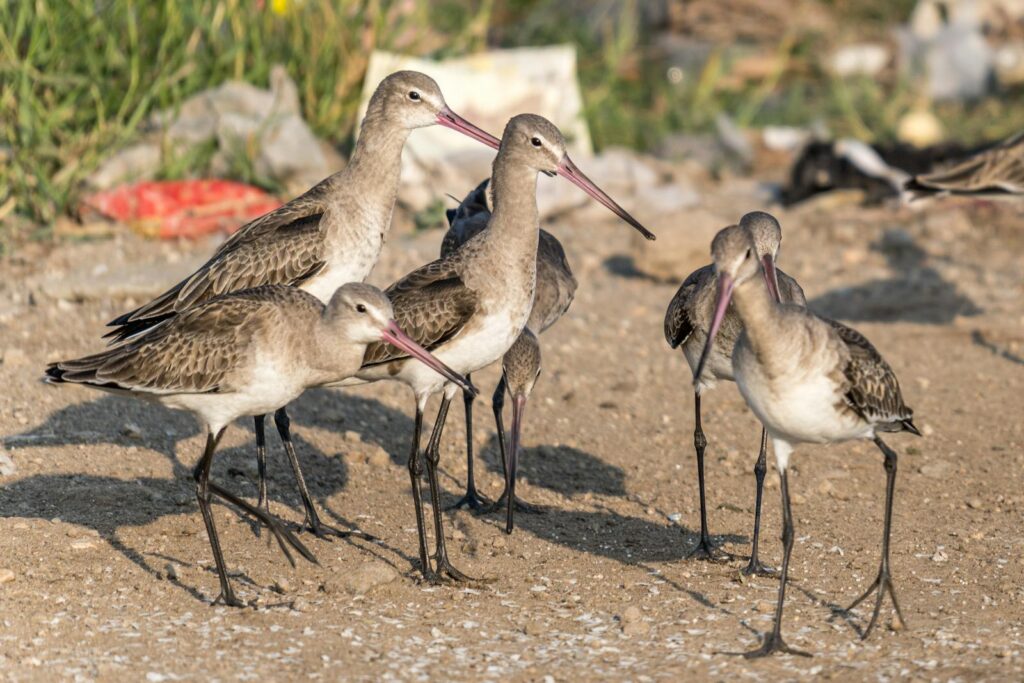
The specialized nature of marathon migrations makes these bird species particularly vulnerable to habitat disruption anywhere along their extensive flyways. Preserving tidal flats and coastal wetlands used for pre-flight fattening is critical, as these habitats face global threats from development, pollution, and sea level rise. Light pollution along flight paths can disrupt celestial navigation, particularly during night migrations when birds rely heavily on star patterns. Offshore wind energy development, while important for reducing carbon emissions, requires careful placement to avoid creating obstacles along major flight corridors. Conservation success stories, like the protection of key staging areas in the Yellow Sea for Bar-tailed Godwits, demonstrate that targeted habitat preservation can significantly benefit these marathon migrants. Effective conservation requires international cooperation spanning multiple continents—matching the borderless nature of these remarkable birds’ journeys.
Conclusion: The Continuing Mystery of Marathon Flight
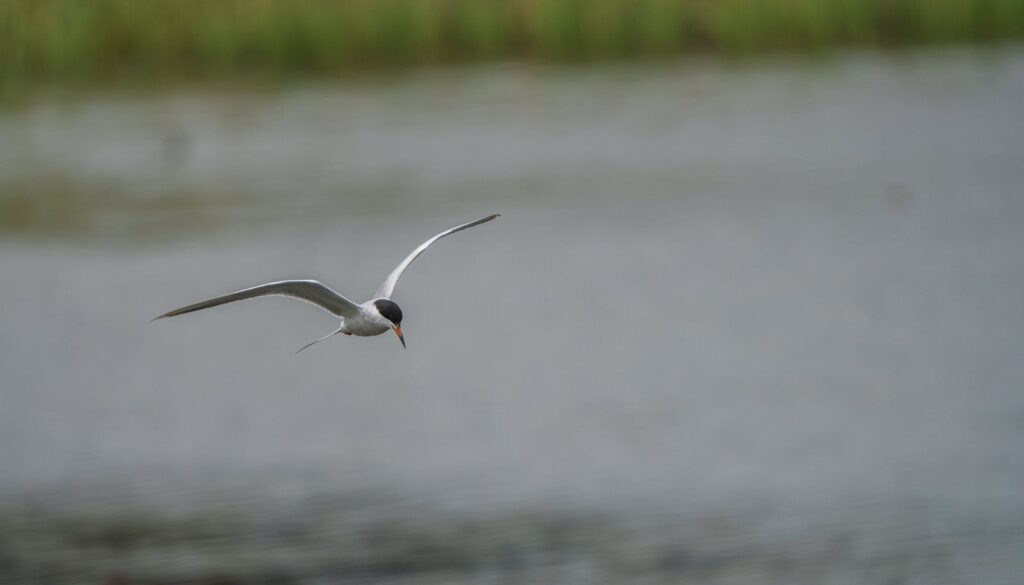
Despite remarkable scientific advances in our understanding of non-stop bird migration, these extraordinary journeys retain elements of mystery that continue to challenge researchers. How exactly do juvenile birds, making their first migration without guidance, navigate with such precision? What triggers the precise physiological changes that prepare birds for departure? How do the flight capabilities of prehistoric birds compare to modern marathon migrants? As climate change accelerates and habitats transform, the remarkable adaptations that enable non-stop flight face new tests of evolutionary resilience. What remains clear is that these feathered ultra-marathoners represent one of nature’s most spectacular achievements—living proof of the extraordinary capabilities that can evolve when selection pressures favor endurance, efficiency, and precision across thousands of miles of open sky.
